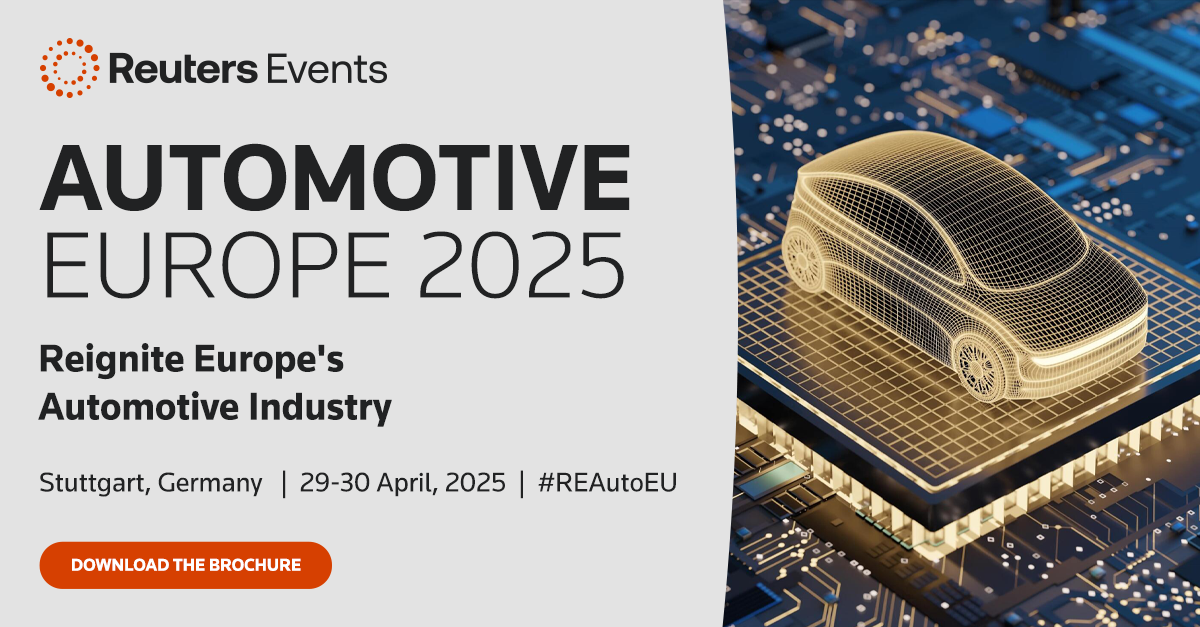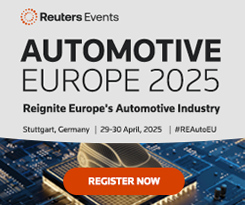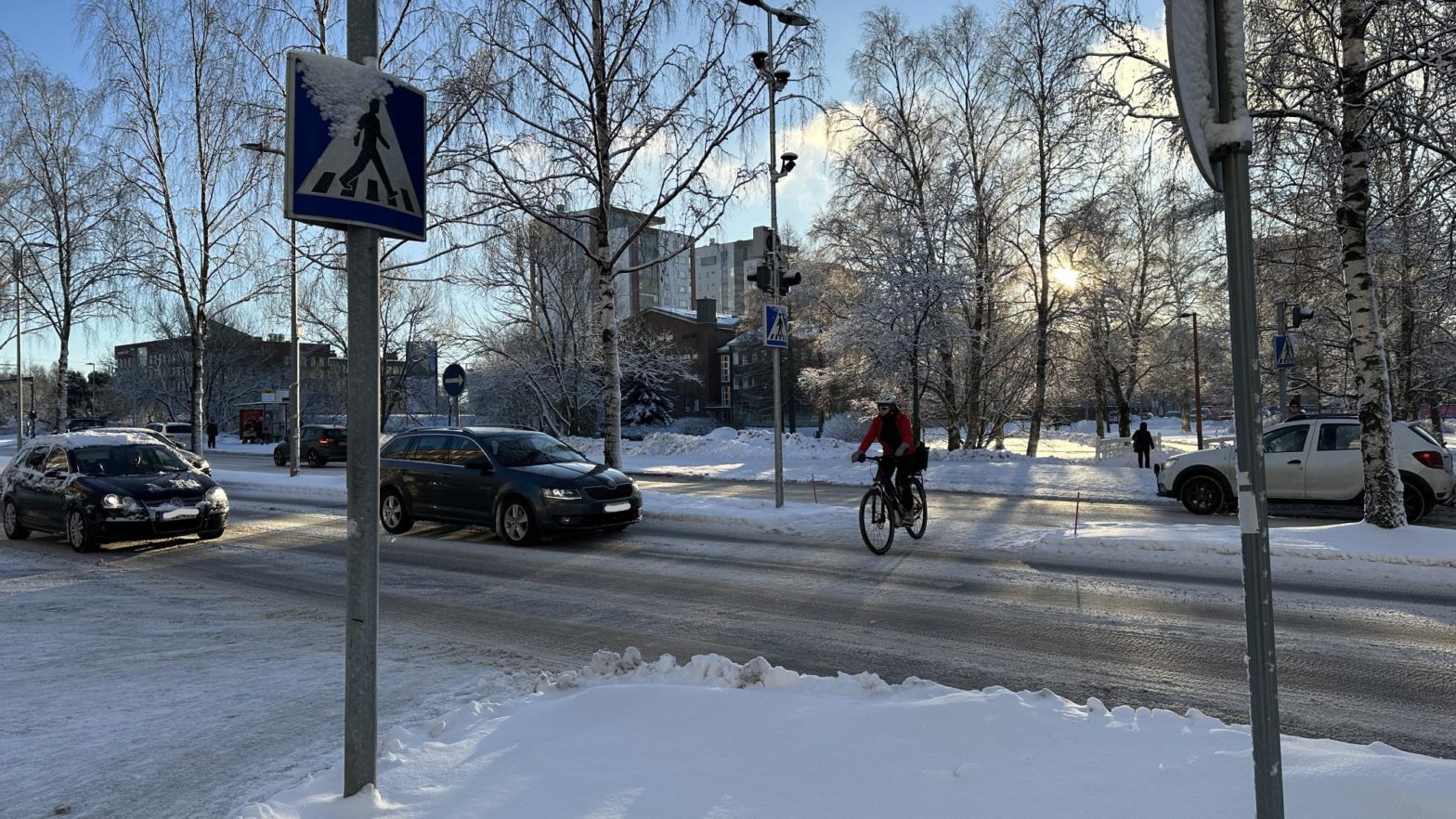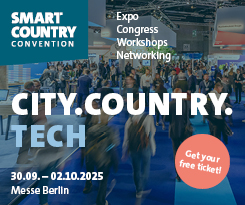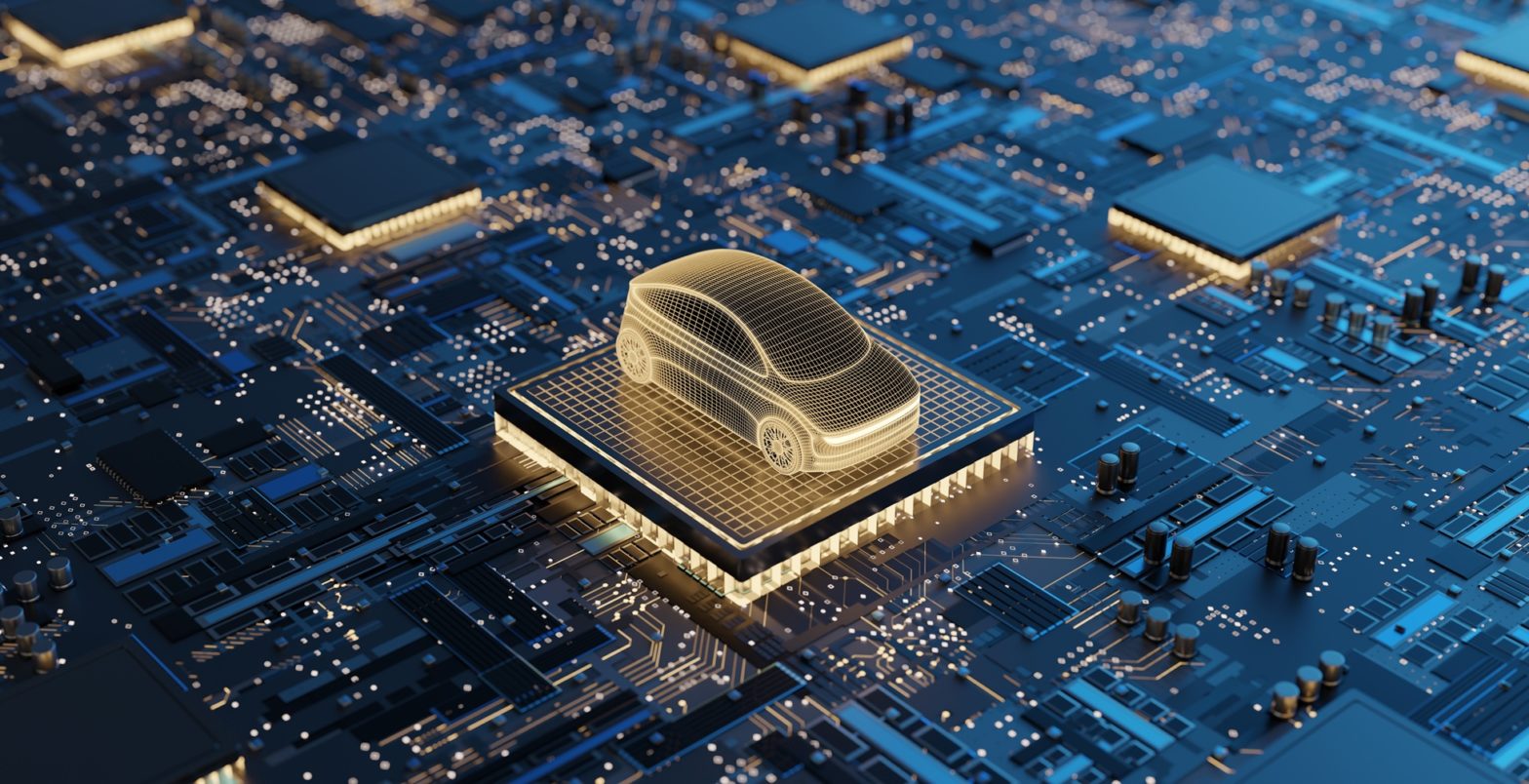
The future of automotive manufacturing in Europe: trends and innovations leading to 2025
19 March 2025
The automotive industry in Europe is undergoing a transformative phase, driven by advancements in technology, shifting consumer preferences, and stringent environmental regulations. As we approach 2025, several key trends and innovations are shaping the future of automotive manufacturing across the continent. These developments are set to redefine how vehicles are produced, marketed, and consumed, with a significant focus on sustainability and digitalisation.
One of the most significant trends impacting the industry is the shift towards electric vehicles (EVs). With the European Union’s ambitious targets for reducing carbon emissions, automakers are investing heavily in electric vehicle technology. By 2025, it is expected that a substantial portion of new vehicles sold in Europe will be electric or hybrid models. This shift not only requires changes in vehicle design and production processes but also demands new infrastructure, such as charging stations and battery recycling facilities.
The integration of digital technologies into automotive manufacturing is another critical trend. Industry 4.0, characterised by smart factories and the Internet of Things (IoT), is revolutionising how vehicles are produced. Manufacturers are utilising advanced robotics, artificial intelligence, and machine learning to enhance efficiency, reduce costs, and improve product quality. These technologies enable real-time monitoring and predictive maintenance, ensuring that production lines operate smoothly and with minimal downtime.
Sustainability is also at the forefront of automotive manufacturing in Europe. Companies are increasingly adopting eco-friendly practices, from sourcing sustainable materials to implementing energy-efficient production methods. The circular economy model is gaining traction, with manufacturers focusing on reducing waste and reusing materials wherever possible. This approach not only benefits the environment but also offers economic advantages by lowering production costs and creating new revenue streams.
The rise of connected and autonomous vehicles presents both opportunities and challenges for the industry. As vehicles become more connected, there is an increasing demand for advanced software and cybersecurity measures to protect sensitive data. Autonomous driving technology, while still in its developmental stages, promises to revolutionize mobility by enhancing safety and reducing traffic congestion. However, it also requires significant investment in infrastructure and regulatory frameworks to ensure safe and efficient integration into existing transportation systems.
As these trends continue to evolve, collaboration between stakeholders becomes essential. Automakers, technology companies, governments, and research institutions must work together to address the challenges and seize the opportunities presented by this new era of automotive manufacturing. Partnerships and alliances are crucial for sharing knowledge, resources, and expertise, enabling the industry to innovate and adapt to changing market dynamics.
In this context, industry events such as Automotive Europe 2025, scheduled for 29-30 April in Stuttgart, play a vital role. These gatherings provide a platform for industry leaders to exchange ideas, showcase innovations, and discuss strategies for navigating the future landscape. Attendees can gain insights into emerging trends, network with key players, and explore potential collaborations that can drive the industry forward.
Moreover, consumer behaviour is shifting, with a growing emphasis on personalised and flexible mobility solutions. Car-sharing services, subscription models, and ride-hailing platforms are gaining popularity, particularly in urban areas. This change in consumer preferences requires manufacturers to rethink their business models and explore new revenue streams beyond traditional car sales.
Looking ahead, the European automotive industry faces a dynamic and rapidly changing environment. By embracing innovation, sustainability, and collaboration, manufacturers can not only overcome the challenges but also capitalize on the opportunities that lie ahead. As we approach 2025, the future of automotive manufacturing in Europe promises to be exciting, with advancements that will shape the way we move and interact with the world around us.
In conclusion, the European automotive sector is on the cusp of a significant transformation. With the convergence of technological advancements, environmental imperatives, and evolving consumer expectations, the industry is poised for a future that prioritises sustainability, efficiency, and connectivity. Through continued innovation and collaboration, Europe can maintain its position as a global leader in automotive manufacturing, paving the way for a greener, smarter, and more resilient future.


